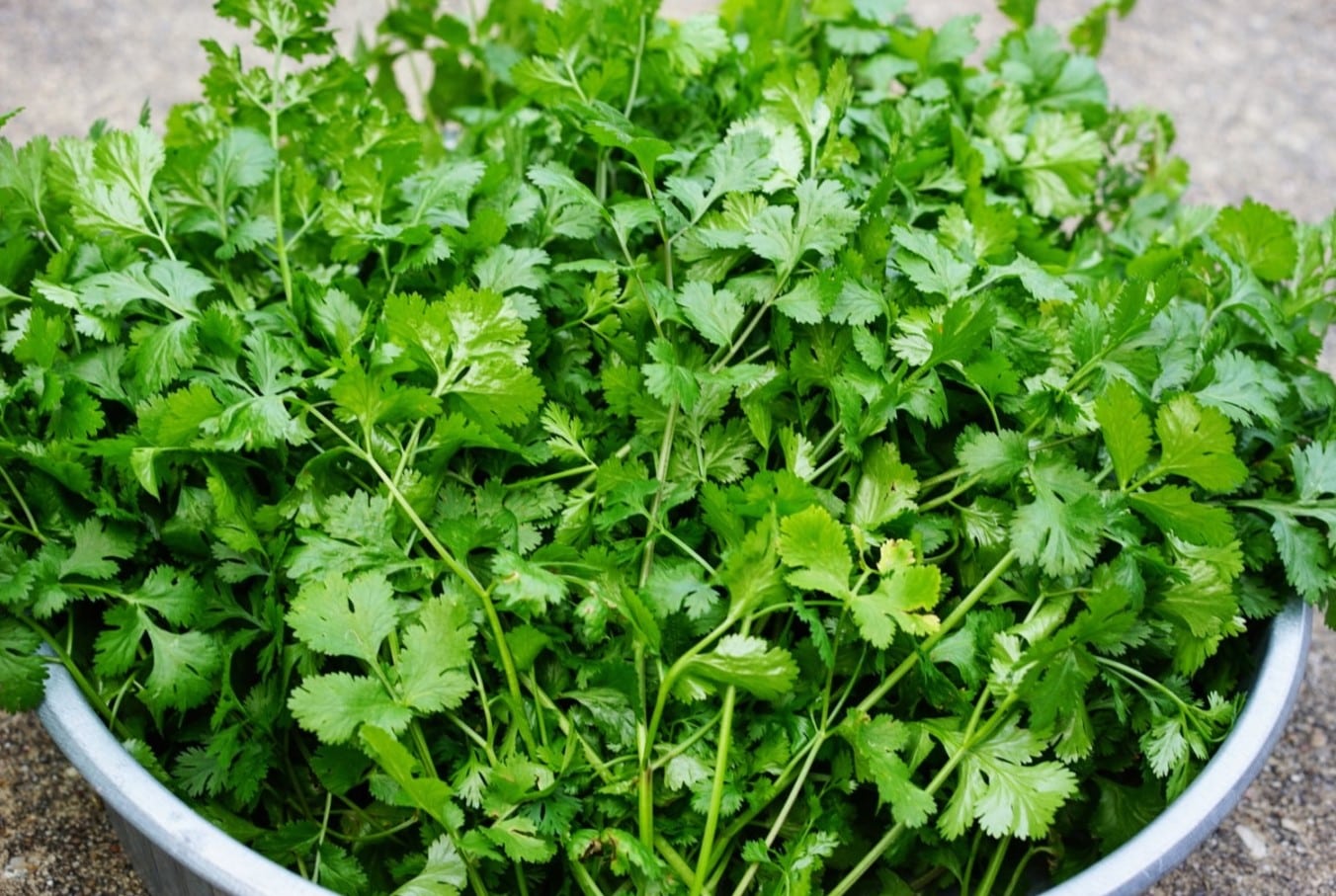
Summer cilantro is a vibrant herb that adds a burst of flavor to many dishes. But did you know it’s more than just a tasty garnish? Cilantro has a rich history and some surprising benefits. Originating from the Mediterranean, this herb has traveled the world, making its mark in various cuisines. It’s packed with vitamins A, C, and K, making it a nutritious addition to your meals. Some people love its fresh, citrusy taste, while others find it soapy due to a genetic trait. Whether you’re a fan or not, learning about cilantro can give you a new appreciation for this versatile herb. Ready to dive into some cool facts about summer cilantro? Let’s get started!
Key Takeaways:
- Summer cilantro, also known as coriander, has a rich history dating back over 7,000 years, with mentions in the Bible and a global spread by Spanish conquistadors. It's a versatile herb that adds a burst of freshness to various cuisines.
- Not only does summer cilantro add a fresh, citrusy flavor to dishes, but it also packs a nutritional punch with vitamins A, C, and K, as well as antioxidant properties. It's easy to grow and can be harvested for its best flavor when young.
What is Summer Cilantro?
Summer cilantro, also known as coriander, is a popular herb used in various cuisines worldwide. Its fresh, citrusy flavor makes it a favorite in salads, salsas, and garnishes. Let's dive into some fascinating facts about this versatile herb.
Origins and History
Understanding where summer cilantro comes from and its historical significance can add depth to your appreciation of this herb.
- Ancient Herb: Cilantro has been used for over 7,000 years. Ancient Egyptians used it in their cuisine and as a medicinal herb.
- Biblical Reference: Cilantro is mentioned in the Bible. In the Book of Exodus, manna is described as being like coriander seed.
- Global Spread: Spanish conquistadors introduced cilantro to the Americas in the 16th century. It quickly became a staple in Mexican cuisine.
Culinary Uses
Cilantro's unique flavor profile makes it a staple in many dishes. Here are some ways it is used around the world.
- Mexican Cuisine: Essential in salsa, guacamole, and tacos. Its fresh taste balances spicy flavors.
- Indian Cuisine: Used in chutneys, curries, and as a garnish. Both the leaves and seeds (coriander) are utilized.
- Thai Cuisine: Integral in soups, salads, and curries. Adds a burst of freshness to spicy dishes.
- Middle Eastern Cuisine: Common in tabbouleh, hummus, and falafel. Enhances the flavor with its citrusy notes.
Nutritional Benefits
Cilantro isn't just tasty; it's also packed with nutrients that can benefit your health.
- Rich in Vitamins: Contains vitamins A, C, and K. These vitamins support vision, immune function, and blood clotting.
- Antioxidant Properties: Cilantro has antioxidants that help fight free radicals. This can reduce the risk of chronic diseases.
- Digestive Aid: Known to aid digestion. It can help alleviate bloating and discomfort.
Growing Cilantro
Interested in growing your own cilantro? Here are some tips to get you started.
- Sunlight Needs: Cilantro thrives in full sun. Ensure it gets at least six hours of sunlight daily.
- Soil Requirements: Prefers well-drained, moist soil. Adding compost can improve soil quality.
- Harvesting Tips: Harvest leaves when they are young for the best flavor. Regular harvesting encourages new growth.
Fun Facts
Cilantro has some quirky and interesting aspects that might surprise you.
Final Thoughts on Summer Cilantro
Summer cilantro isn't just a garnish. Packed with vitamins, minerals, and antioxidants, it offers numerous health benefits. This herb can enhance the flavor of many dishes, from salsas to salads. Growing cilantro in your garden is easy, and it thrives in warm weather. Just remember to water it regularly and give it plenty of sunlight.
Cilantro also has a rich history, used in various cuisines worldwide. Whether you love it or hate it, there's no denying its impact on culinary traditions. So next time you see cilantro at the market, consider adding it to your cart. Your taste buds and your body will thank you.
Enjoy experimenting with this versatile herb and discover new ways to incorporate it into your meals. Happy cooking!
Frequently Asked Questions
Was this page helpful?
Our commitment to delivering trustworthy and engaging content is at the heart of what we do. Each fact on our site is contributed by real users like you, bringing a wealth of diverse insights and information. To ensure the highest standards of accuracy and reliability, our dedicated editors meticulously review each submission. This process guarantees that the facts we share are not only fascinating but also credible. Trust in our commitment to quality and authenticity as you explore and learn with us.


